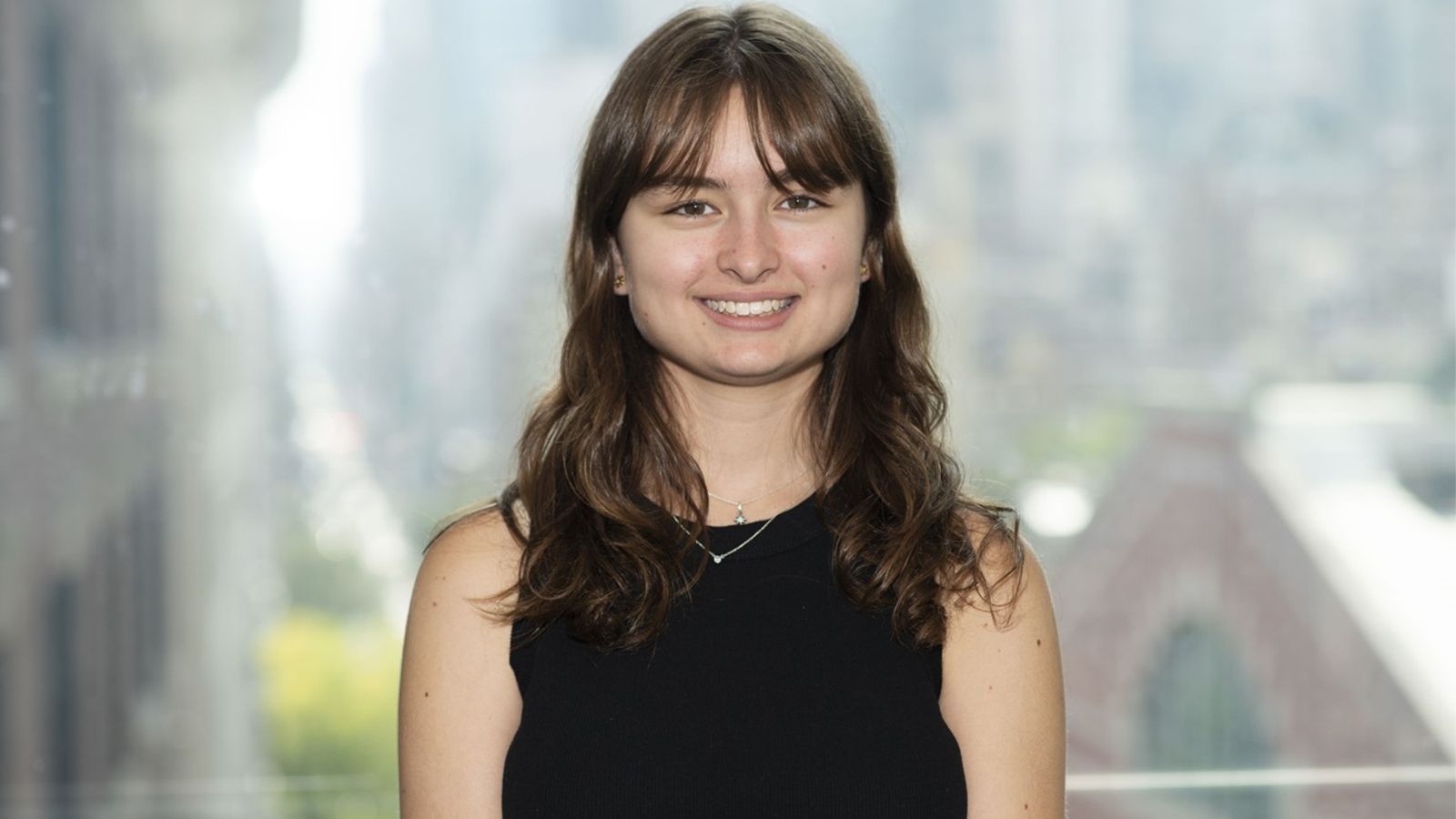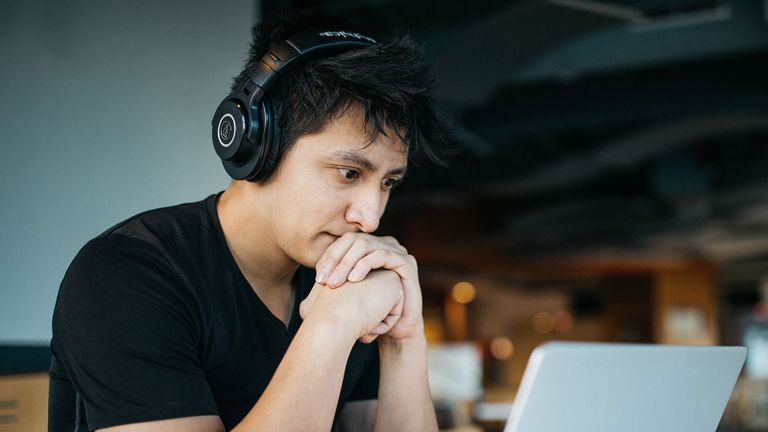She’s a science superstar!
In September, Emilia Pelegano-Titmuss did something highly unusual for an undergraduate: The Macaulay Scholar presented a paper on lithium-ion batteries at an international conference at the University of Palermo in Italy.
The Physics and Mathematics double major, a junior, spoke for 15 minutes at the 13th Conference on Fast Field Cycling Nuclear Magnetic Resonance Relaxometry about her work on environmentally friendly electrolytes for batteries. The electrolytes with which Pelegano-Titmuss works are not derived from fossil fuels, unlike the petroleum-based electrolytes that make lithium-ion batteries combustible and dangerous. She was the only undergraduate who spoke at the conference.
Pelegano-Titmuss’s work, a collaboration with Oak Ridge National Laboratories, is supervised by CUNY Distinguished Professor of Physics Dr. Steve Greenbaum and Postdoctoral Research Associate Dr. Giselle de Araujo Lima e Souza, mainstays of Hunter’s small but mighty Department of Physics and Astronomy.
“Emilia is one of the best students I have had in 40 years at Hunter,” said Greenbaum, who was part of the team that designed the lithium-ion batteries for the Mars Rovers. Pelegano-Titmuss will be the lead author on the paper the two presented at the conference, which they expect to send to a peer-reviewed journal such as that of the American Chemical Society.
Pelegano-Titmuss, who spent last summer working at the Division of Geological and planetary science at the California Institute of Technology, is a double Hunter legacy. Her father, Matthew Titmuss, got his MS in Physical Therapy from Hunter in 2009; her mother, Janine Pelegano, earned an MA in Teaching English to Speakers of Other Languages in 2019. Emilia spent her early childhood at Hunter’s preschool, the Children’s Learning Center, as did her two sisters. She still sees some of her old teachers from back in the day and credits Hunter with giving her the running start she needed to become a scientist.
“Hunter isn’t a huge school where everyone wants to be a scientist and everyone wants to be a researcher,” she said. “It provided me with the opportunity to do something that I really wanted to do right off the bat, as a freshman, which isn’t the case everywhere.”
Last summer at CalTech, Pelegano-Titmuss worked for two and a half months at a Petrology lab on a project modeling volcanic behavior – which she hadn’t done before but enjoyed immensely.
“I measured water solubility as a function of composition in calcium aluminosilicate melts, which are a component of solidified magma,” Pelegano-Titmuss said. “This will allow for modeling of volcanic behavior, because water content of melts determines the eruptivity of magma.”
She’s still working on thermodynamic models of her CalTech research and hopes to publish a paper on that, too.
The research has stimulated her interest in becoming a geophysicist: She’d like to work on mitigating the hazards of volcanoes for those living near them. This winter she will do fieldwork on volcano hazard mitigation in Ecuador with that country’s Geophysical Society.
“I always really liked math. I liked solving problems, but I didn't want to be someone sitting in the back of a classroom, theorizing about things that didn't affect anyone,” Pelegano-Titmuss said. "So, I chose to add the Physics major to apply my math to something that could benefit society in some way.”
Happily, Hunter was the school for her.
“The Sciences at Hunter have a long and proud record of providing access to significant research opportunities for our students,” Greenbaum said. “Emilia has taken full advantage and then some. By the time she graduates, she will have co-authored three or four peer-reviewed journal articles, with at least one as first author, which is comparable to the standard we set for doctoral students. She will have her pick of top PhD programs.”


